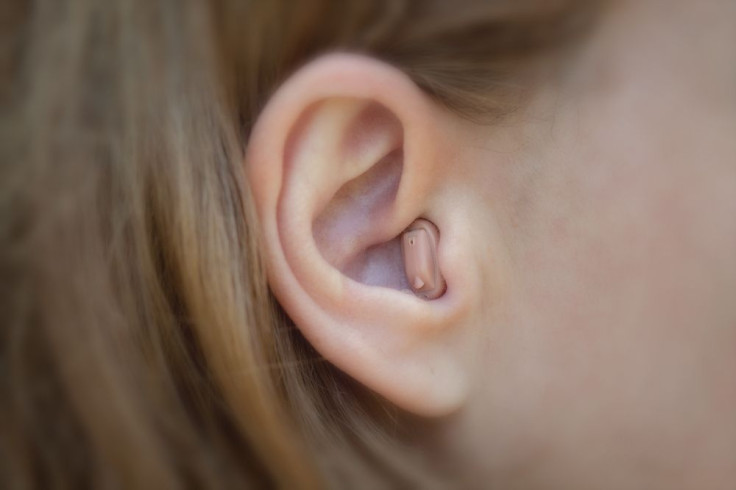Gene Therapy Restores Hearing To Mice Born Deaf, But Doesn't Mean A Cure For Human Hearing Loss Just Yet

Researchers in Massachusetts recently used gene therapy to restore hearing to mice born with a form of genetic deafness. The next step would be to replicate the results in humans within the next decade. Although the findings are exciting, the breakthrough is not quite a universal reversal to genetic deafness, since, at this point, it would only be effective in around eight percent of cases.
The breakthrough, explained in a study published in the online journal Science Translational Medicine, was accomplished thanks to a collaboration between researchers at Boston Children’s Hospital and Harvard Medical School. Although there are more than 70 genes currently associated with congenital deafness, or deafness that is present from birth, for the study, the team focused on a specific gene known as TMC1. According to the press release, TMC1 is a common cause of genetic deafness because it plays a central role in converting sound into the electrical signals. These signals are then interpreted by the brain as sound. When an individual receives defected variations of this gene, deafness may occur.
The team then used a modified strain of the common cold virus to insert a corrected form of the TMC1 gene into the inner ear of two deaf mice. One mouse’s deafness was caused by a complete deletion of the TMCI gene. According to the team, this is a good model for recessive TMC1 mutations in humans, a genetic defect that usually leads to profound deafness at around 2 years of age. The second mouse had a more rare form of TMC1 mutations and served as a good model from the dominant TMC1-related deafness, which causes profound hearing loss during puberty.
Loud And Clear
Tests showed that the sensory “hair cells” in the inner ear of the mice were able to convert sound into electrical signals, the fundamental function necessary for hearing. Also, when the mice were placed in a tool known as a “startle box,” they performed as well as healthy hearing mice.
“Mice with TMC1 mutations will just sit there, but with gene therapy they jump as high as a normal mouse,” lead researcher Jeffrey Holt explained in the press release.
The researchers hope this breakthrough is the first step toward using gene therapy as an effective therapy for profound deafness in humans. Currently, the only treatments for those with congenital hearing loss are either hearing aids or cochlear implants, both of which are often not entirely successful. Gene therapy is a treatment that involves altering the genes in your body’s cells in order to stop disease. So far, research in gene therapy has proven promising in curing blindness, sickle cell disease, and Rett Syndrome, an autism spectrum disorder.
Not There Yet
According to Ernesto Bertarelli, co-chair of the Bertarelli Foundation, the primary funder of the research, “The implications of successful gene therapy are profound, and we are delighted to be associated with this study program.”
Holt explained that although the research is not yet ready for clinical trials, he sees it being developed for therapeutic use in humans “in the not-so-distant” future.
However, when the treatment does eventually become available for human use, it will only be able to be used on between four to eight percent of congenital hearing loss cases. Recognizing this pitfall, Holt has expressed interest in using the same technique to amend other forms of genetic deafness.
"I can envision patients with deafness having their genome sequenced and a tailored, precision medicine treatment injected into their ears to restore hearing," Holt explained.
Source: Holt JR, Askew C, Rochat C, et al. Tmc gene therapy restores auditory function in deaf mice. Science Translational Medicine. 2015.



























